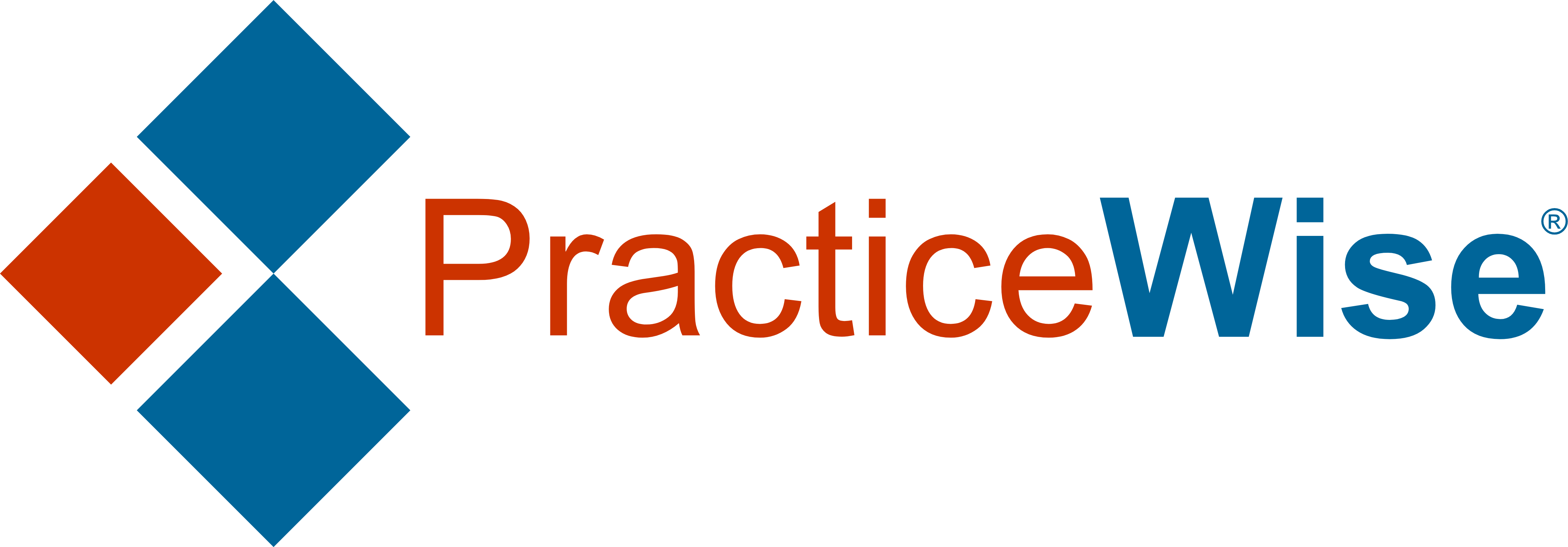Family therapy is a powerful tool in supporting adolescents with behavioral health challenges. Yet, providers often encounter barriers when implementing structured, evidence-based interventions. Balancing consistency with flexibility, integrating proven techniques into diverse settings, and keeping families engaged can all present challenges in real-world practice.
Core Elements of Family Therapy (CEFT) was developed to offer providers a practical, adaptable, and research-backed framework that enhances the delivery of family-based interventions. Created by PracticeWise in collaboration with Partnership to End Addiction, CEFT distills essential therapeutic elements into a structured yet flexible resource that supports providers in working with youth and their families.
Why CEFT? A Research-Backed, Practical Approach
CEFT was designed to support providers with a streamlined, accessible way to implement family-based interventions while maintaining fidelity to research-backed techniques. It emphasizes core therapeutic principles that can be applied across settings, populations, and levels of family involvement.
- Distilled core elements: CEFT focuses on essential techniques that are empirically validated to improve adolescent behavioral outcomes.
- Adaptability: The framework provides a structured yet flexible approach, allowing providers to tailor interventions to each family’s unique needs.
- Flexibility across settings: Whether providers work in outpatient therapy, school-based services, or community programs, CEFT offers practical strategies that can be seamlessly integrated into their existing practice.
The Research Behind CEFT
CEFT is rooted in decades of empirical research and informed by key studies that have validated the effectiveness of core family therapy techniques. Notable contributions include:
- Bobek et al. (2024) – Identified core competencies in family therapy for adolescent behavior problems, emphasizing systemic thinking and specific intervention skills.
- Hogue et al. (2017) – Highlighted the essential components of family therapy for adolescent substance use, offering conceptual and empirical insights.
- Hogue et al. (2021) – Demonstrated the broad applicability of core therapeutic elements in diverse community settings, showing that fidelity to these elements is linked to better outcomes in both adolescent symptoms and family dynamics.
By leveraging these insights, CEFT equips providers with tools that are not only grounded in evidence but also validated in real-world practice.
What’s Inside CEFT? Key Features and Benefits
CEFT is more than just a set of guides; it’s a comprehensive framework that supports providers at every stage of the therapeutic process. Key features include:
A Clear, Structured Framework
Providers often face uncertainty when navigating complex family dynamics. CEFT addresses this by offering a clear, step-by-step approach for integrating family-based interventions. This structure helps reduce ambiguity while promoting more effective engagement with both adolescents and caregivers.
Practice and Process Guides
CEFT includes 30 practice guides and 12 process guides that provide actionable strategies for common therapeutic challenges. Key elements covered in these guides include:
- Interactional Change: Helping families shift problematic patterns.
- Relational Reframing: Encouraging new perspectives on family roles and dynamics.
- Adolescent Engagement: Strengthening youth participation in therapy.
- Relational Emphasis: Fostering trust, collaboration, and sustainable change within the family system.
These guides are designed to help providers navigate the “what” and “how” of family therapy, offering practical tools for building stronger therapeutic alliances and promoting meaningful behavioral change.
Flexible Treatment Branches
Every family is different, and a one-size-fits-all approach doesn’t work. CEFT recognizes this by organizing interventions into three distinct treatment branches:
- Family Collaboration – Strategies to engage caregivers in supporting youth treatment.
- Family Skills Training – Practical guidance for families to strengthen communication, problem-solving and other skills.
- Systemic Family Therapy – A structured approach designed to engage the entire family system in treatment.
These branches provide a flexible framework that allows providers to tailor interventions based on the needs of youth and their families while maintaining alignment with core family therapy principles.
Who Should Use CEFT?
CEFT is designed for anyone interested in helping youth and families live healthier, happier lives. Whether you’re working directly with adolescents or supporting family systems in other ways, CEFT provides research-backed, adaptable strategies to enhance your practice.
Designed for Providers in a Variety of Settings
- Outpatient therapy – Supporting youth and families in structured clinical settings.
- School-based mental health services – Helping students navigate challenges while engaging their families in the process.
- Community-based programs – Providing accessible, flexible interventions that meet families where they are.
- Juvenile justice and child welfare systems – Supporting youth in complex systems by integrating family-based approaches into care plans.
Relevant for a Range of Providers
Whether you are:
- A seasoned provider looking to enhance your interventions with structured, research-backed guidance.
- A provider newer to family therapy who wants to incorporate effective family-based strategies into your work.
- An organization or agency seeking a scalable, practical framework to improve adolescent and family outcomes.
CEFT provides tools that can be adapted to different levels of experience and professional roles, making family therapy principles more accessible across disciplines.
Applicable Across a Range of Behavioral Health Concerns
While CEFT originated in the context of treating adolescent substance use disorders, it can be applied to a range of adolescent behavioral health concerns, including:
- Disruptive behavior disorders
- Mood and anxiety disorders
- Trauma and PTSD
- Suicidality and self-harm behaviors
- Eating disorders
By equipping providers with flexible, evidence-informed strategies, CEFT helps create meaningful, lasting improvements in the lives of youth and families, across settings, roles, and behavioral health needs.
Real-World Impact: Driving Better Outcomes for Youth and Families
Research shows that greater fidelity to core family therapy elements is associated with improved outcomes for adolescents, including reductions in behavioral issues, enhanced family relationships, and increased treatment engagement. CEFT builds on these validated elements, providing providers with a structured yet adaptable framework to support youth and families effectively.
Its foundation in proven treatment models, which have demonstrated success in improving adolescent behavioral health, suggests that CEFT offers an empirically supported approach that aligns with real-world clinical needs.
The Development of CEFT: A Collaborative Effort
Bringing Core Elements of Family Therapy to life was a multi-year effort involving leading researchers, experienced clinicians, and dedicated contributors committed to advancing family-based interventions. We extend our gratitude to everyone who played a role in developing this resource.
We also want to acknowledge and thank our partners at the Partnership to End Addiction. Their dedication to advancing family-based interventions has made a profound impact on the field of adolescent behavioral health and CEFT is no exception.
Get started with CEFT today at practicewise.com.
References
Bobek, M., Hogue, A., Porter, N., MacLean, A., Daleiden, E., Cromley, T., Thompson, T., Wagner, J., & Higa-MacMillan, C. (2024). Core competencies in family therapy for adolescent behavior problems: Systemic stance and systemic skills. Contemporary Family Therapy. https://doi.org/10.1007/s10591-024-09720-0
Bobek, M., Hogue, A., Daleiden, E., MacLean, A., Porter, N., Cela, T., Marcellin, L. H., Diamond, G., & Donohue, B. (2024). Competency guidelines for family collaboration in behavioral health services for adolescents. Contemporary Family Therapy. https://doi.org/10.1007/s10591-024-09696-x
Hogue, A., Bobek, M., Dauber, S., Henderson, C. E., McLeod, B. D., & Southam-Gerow, M. A. (2017). Distilling the core elements of family therapy for adolescent substance use: Conceptual and empirical solutions. Journal of Child & Adolescent Substance Abuse, 26(6), 437–453. https://doi.org/10.1080/1067828X.2017.1322020
Hogue, A., Bobek, M., Dauber, S., Henderson, C. E., McLeod, B. D., & Southam-Gerow, M. A. (2019). Core elements of family therapy for adolescent behavior problems: Empirical distillation of three manualized treatments. Journal of Clinical Child & Adolescent Psychology. https://doi.org/10.1080/15374416.2018.1555762
Hogue, A., Bobek, M., Porter, N., Dauber, S., Southam-Gerow, M. A., McLeod, B. D., & Henderson, C. E. (2021). Core elements of family therapy for adolescent behavioral health problems: Validity generalization in community settings. Journal of Clinical Child & Adolescent Psychology. https://doi.org/10.1080/15374416.2021.1969939
Explore additional publications related to PracticeWise systems in our Community Publications Library.







